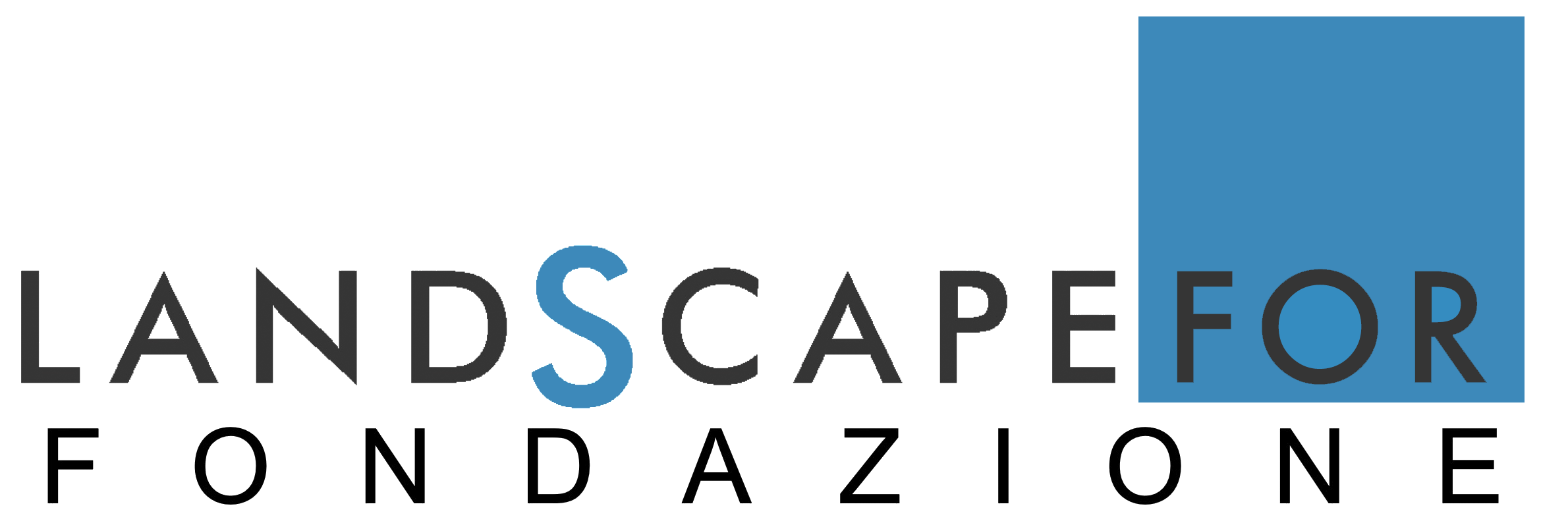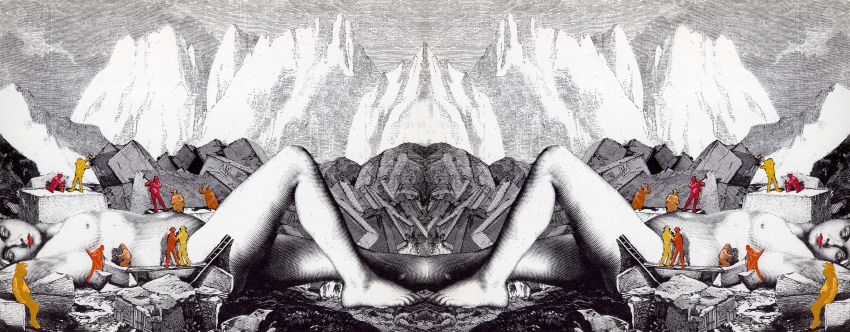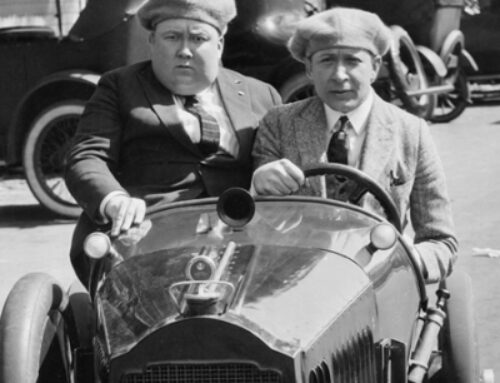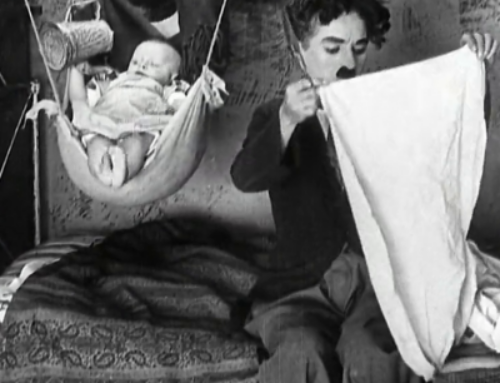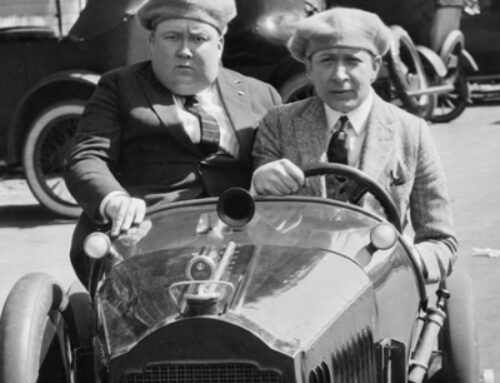Revised from Jacques Carelman – ‘Saroka la géante’ (1965)
Jacques Carelman’s drawing well represents the spirit of APPA: to systematise and bring to light the continuous work carried out by thousands of people, every day, to maintain Beauty in our country. We are convinced that more and more inhabitants and visitors are interested not only in the ‘things’ of Cultural Heritage but also in the good practices, the beautiful ‘actions’ of the actors of the ‘Active Landscape’: it is an unknown world, full of positive surprises, which until now has been difficult to bring to light.
It is precisely with these intentions that we have launched APPA: a programme to ‘populate’ AtlasFor with which we intend to illustrate within the next few years approximately 10,000 points of interest, presenting at the same time two complementary aspects of the Italian landscape, for the first time legible in their interactions and connected by itineraries:
A. for heritage, the diffuse emergencies present in the contexts of UNESCO-qualified assets (the surroundings of heritage-listed sites, MAB, Creative Cities) and of the main historical routes (Roman and Francigene). It is a representation of approximately 5,000 points of interest, which is valuable for inducing a better distribution of tourist flows and a dissemination of the positive effects of the polarising capacity of visits to the Listed Heritage Sites.
B. for the ‘active landscape’, the subjects of excellence, providers of services for accommodation, typical productions, initiatives for the enhancement of local identities and services for the quality of life (from sustainable economies to excellence in reception and integration). These subjects, identified sphere by sphere by local stakeholders, are involved in the presentation of their initiatives, integrating the Atlas and also forming thematic maps of initiatives and activities, distinguished by thematic aspects:
1. museums, ecomuseums and parks with initiatives of territorial relevance (about 600 in Italy)
2. places to be promoted for works of contemporary art and architecture (approx. 1200)
3. initiatives and public or 3rd sector practices for the quality of material and immaterial landscape – e.g.: selected in the Landscape Awards (ca. 600)
4. initiatives to enhance assets used for cultural activities and performing art (ca. 600)
5. initiatives surveyed by the Connecting Smart City network – sharing services, innovative territorial knowledge and functionalities, soft mobility etc. (approx. 600) – (approx. 600)
6. production activities and services for the green society – selected e.g. with Symbola or Legambiente (approx. 600)
7. initiatives and services for landscape and special quality accommodation – e.g. for bathing, or mountain hiking (approx. 600)
8. quality rural production and service activities, (e.g. with farmers’ associations, approx. 600).
We have constructed a call and involvement system for the ‘Active Landscape’ operators so as to foster their ability to promote and report their own initiatives independently, not only in the construction of their own localised activity card, but also with the provision of a News window, which picks up the events posted on Facebook by each subject, shines the icon of their POI on the Atlas in the days preceding the event, and is published on a local and/or network Events Calendar.
In order to carry out the project, the LandscapeFor Association must equip itself with ‘antennas’ in the area: subjects capable of identifying and selecting operators of excellence who, with their presence, can qualify Atlasfor and, at the same time, enjoy a showcase on a national-level site.
Therefore, the aim is to reproduce the work carried out in Turin, where a number of ‘antennas’ were identified for each district and a hundred or so subjects of the ‘active landscape’ in the city were involved: in the coming months, the antennas will be activated for the involvement in the APPA project of the excellences in the Piedmont areas interested in the Unesco sites and historical routes, starting from Langhe Roero and Monferrato, Canavese and Val di Susa.
On the other hand, now consolidated collaborations with various transversal subjects active at a supra-local level in the sectors of management of cultural activities, landscape and local development are being ‘systematised’, integrating them with subjects with specific themes, which we are asking to participate in the board of reference for the best strategies in the continuation of the project. In addition to Mibac and the regional and local authorities, an initial list, to be integrated, of such subjects with whom we are drawing up agreements to participate in the project includes
– Italian UNESCO World Heritage Association
– FICLU (Federation of UNESCO Clubs and Centres)
– Italian Geographical Society
– Lega Ambiente
– INU
– Symbola Foundation
– Maecenas 90 Association
– Federculture
– Fitzcarraldo Foundation
– FIAB (Federation of Friends of the Bicycle)
– CAI (Alpine Club)
– Research centres (for Piedmont: Turin Polytechnic, University of Turin, University of Eastern Piedmont)
